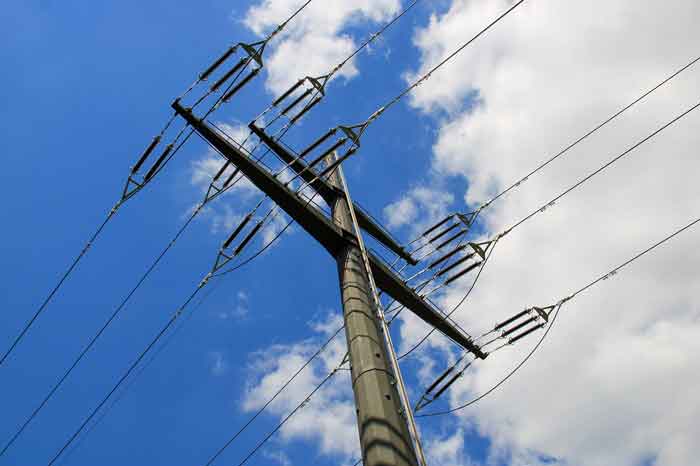Minnesota Signs Deal With Manitoba Hydro
WINNIPEG -- - The Minnesota Public Utilities Commission has unanimously approved a $1.7 billion power export deal with Manitoba Hydro.
It allows Minneapolis-based Xcel Energy to import power from Manitoba Hydro, despite the objections of aboriginal groups.
The 500-megawatt, 10-year deal was given the go-ahead.
It's an extension of an existing deal and will allow power to be exported until 2015.
Approval by Canada's National Energy Board is pending.
The Minnesota decision is a blow to the Pimicikamak Cree Nation of Cross Lake, Manitoba. They had asked the commission to first call a formal hearing into the social and economic impact of historic hydro development on their homeland.
Related News

An NDP government would make hydro public again, end off-peak pricing, Horwath says in Sudbury
TORONTO - Ontario NDP Hydro Plan proposes ending time-of-use pricing, buying back Hydro One, lowering electricity rates, curbing rural delivery fees, and restoring public ownership to ease household bills amid debates with PCs and Liberals over costs.
Key Points
A plan to end time-of-use pricing, buy back Hydro One, and cut bills via public ownership and fair delivery fees.
✅ End time-of-use pricing; normal schedules without penalties
✅ Repurchase Hydro One; restore public ownership
✅ Cap rural delivery fees; address oversupply to cut rates
Ontario NDP leader Andrea Horwath says her party’s hydro plan will reduce families’ electricity…




